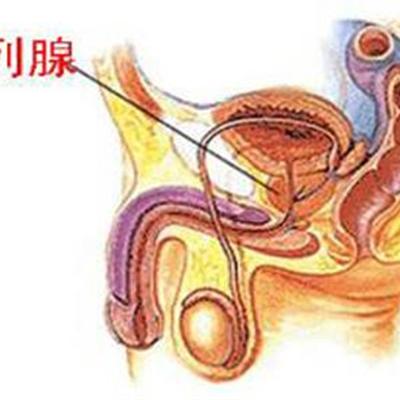How many normal 24-hour premature beats?
summary
Premature beat refers to an abnormal heart beat before the normal rhythm of the heart, and then the heart rhythm appears or does not appear the pathological symptoms of rhythm disorder, which is mainly related to the abnormal formation of heart impulse and abnormal conduction of heart impulse. For premature beat, it mainly refers to atrial premature beat and ventricular premature beat. Compared with ventricular premature beat, atrial premature beat has a lighter degree and is generally not a special treatment. Some drugs need to be taken only when obvious symptoms appear. Ventricular premature beat is relatively more complex, which is more likely to cause complications and lead to more serious cardiac complications. For the diagnosis of premature beat, a series of examinations should be carried out in combination with the medical history. Now let's get to know.
How many normal 24-hour premature beats?
First: for premature beat, ECG is an essential examination item, and it is the most important non-invasive examination technology in the diagnosis of arrhythmia. By connecting leads, it can record and display whether the rhythm of the heart is regular, the frequency of the heart, whether the heart is normal in each period, and whether each waveform is normal.

Second, for atrial premature beat, we can see the early P wave on ECG, which is different from the normal sinus P wave, and there will be an incomplete compensatory interval; The ECG manifestations of premature ventricular contractions are early QRS wave, wide deformity, the direction of T wave is usually opposite to that of QRS wave, and then there will be a complete compensatory interval.

Third: the more commonly used examination is dynamic electrocardiogram, which can record the 24-hour electrocardiogram of patients, and help to understand whether syncope and other symptoms are related to arrhythmia; Because the esophagus is anatomically adjacent to the posterior left atrium, the embassy ECG can also reflect the changes of myocardial potential to a certain extent.

matters needing attention
The diagnosis of premature heart beat is mainly combined with clinical manifestations and related laboratory examination. In clinical practice, patients generally have palpitations, chest tightness and fatigue. The most important sign of premature heart beat can be found in electrocardiogram. Dynamic electrocardiogram is a commonly used auxiliary examination to check premature heart beat.















